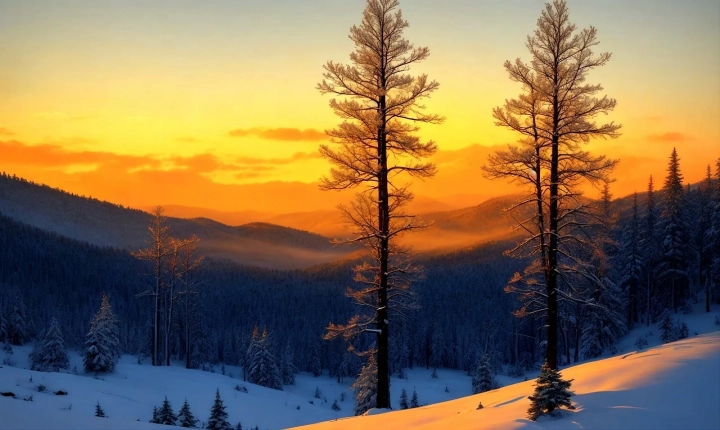Title: How to Create an AI-Generated Photo: A Step-by-Step Guide
In recent years, artificial intelligence (AI) has made significant advancements in the field of image generation. With the use of advanced algorithms and deep learning techniques, AI can now create stunning and realistic images that were previously only possible through human artistic skills. In this article, we will guide you through the process of creating an AI-generated photo, providing an overview of the main steps involved and the tools you can use.
Step 1: Choose a Deep Learning Model
The first step in creating an AI-generated photo is to choose a suitable deep learning model. There are many pre-trained models available for image generation, such as Generative Adversarial Networks (GANs), Variational Autoencoders (VAEs), and StyleGAN. Each model has its own strengths and weaknesses, so it is important to select one that aligns with the specific requirements of your project.
Step 2: Gather Training Data
To train your chosen deep learning model, you will need to gather a large dataset of images. The quality and diversity of the training data will directly impact the realism and variation of the generated photos. It is essential to use high-quality, diverse, and representative images to ensure that the model can learn to generate realistic and visually appealing results.
Step 3: Train the Model
Once you have prepared your training data, you can start training the chosen deep learning model. This process involves feeding the model with the training data and allowing it to learn the underlying patterns and features in the images. Training a deep learning model for image generation typically requires significant computational resources, so it is important to have access to a powerful GPU or use cloud-based services for this task.
Step 4: Generate New Images
After the model has been trained, you can begin generating new images. By providing input to the trained model, such as a random vector or a particular style, you can prompt it to produce novel and unique images. Depending on the model and the specific parameters used, you can experiment with various styles, colors, and compositions to generate diverse and visually striking photos.
Tools for Creating AI-Generated Photos
There are several tools and platforms available for creating AI-generated photos. Some popular options include:
– NVIDIA StyleGAN: A user-friendly tool for generating high-quality, diverse, and customizable images using StyleGAN, developed by NVIDIA.
– RunwayML: An accessible platform that enables users to create AI-generated images, videos, and other media using pre-trained models and intuitive interfaces.
– Google Colab: A free, cloud-based platform that provides access to powerful GPUs and facilitates the training and generation of AI-generated images using TensorFlow and other deep learning libraries.
Considerations and Future Developments
While AI-generated photos offer immense potential for creative expression and visual storytelling, it is important to consider ethical and legal implications associated with the use of AI in image generation. As AI-generated content becomes increasingly indistinguishable from human-created media, questions surrounding intellectual property, authenticity, and misinformation must be carefully addressed.
Looking ahead, advancements in AI technology will likely continue to enhance the capabilities of image generation models, leading to even more realistic, immersive, and personalized visual experiences. As the field of AI artistry evolves, it is essential for creators and innovators to uphold ethical standards and explore the creative possibilities of this powerful and transformative technology.
In conclusion, creating AI-generated photos involves a series of important steps, including model selection, dataset preparation, model training, and image generation. With the right tools and techniques, individuals can unleash their creativity and leverage the power of AI to produce captivating and visually stunning photographs. As AI continues to shape the future of art and technology, the potential for innovative and impactful visual storytelling through AI-generated imagery is boundless.
